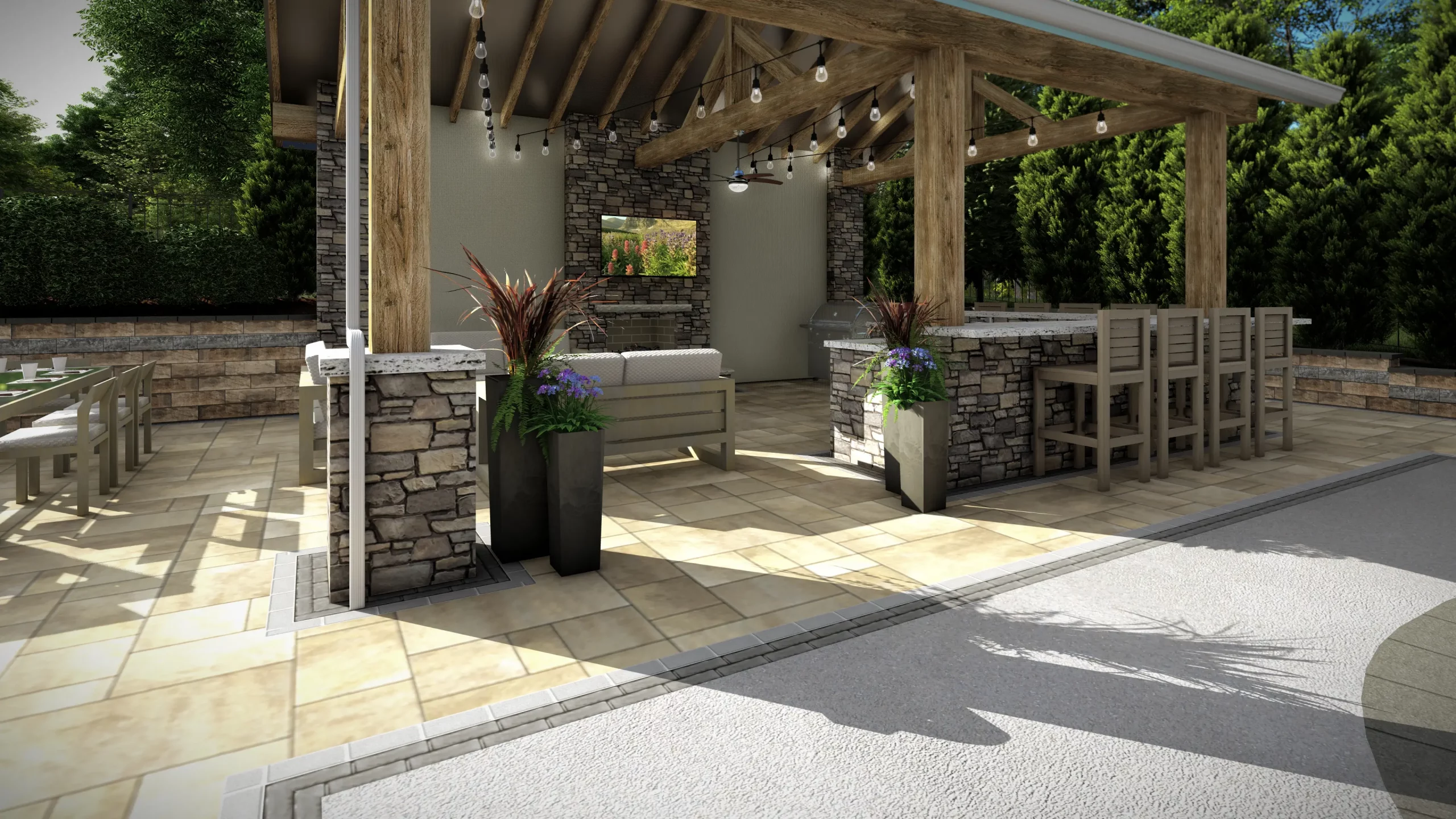In the realm of architecture, design, and landscaping, Corten steel has earned its place as a popular material due to its unique aesthetic appeal and purported durability. However, along with its rise in popularity, Corten steel has also accumulated its fair share of myths and misconceptions. In this blog post, we’ll delve into some of the most common myths surrounding Corten steel and debunk them with factual information.
Myth 1: Corten steel will rust away completely.
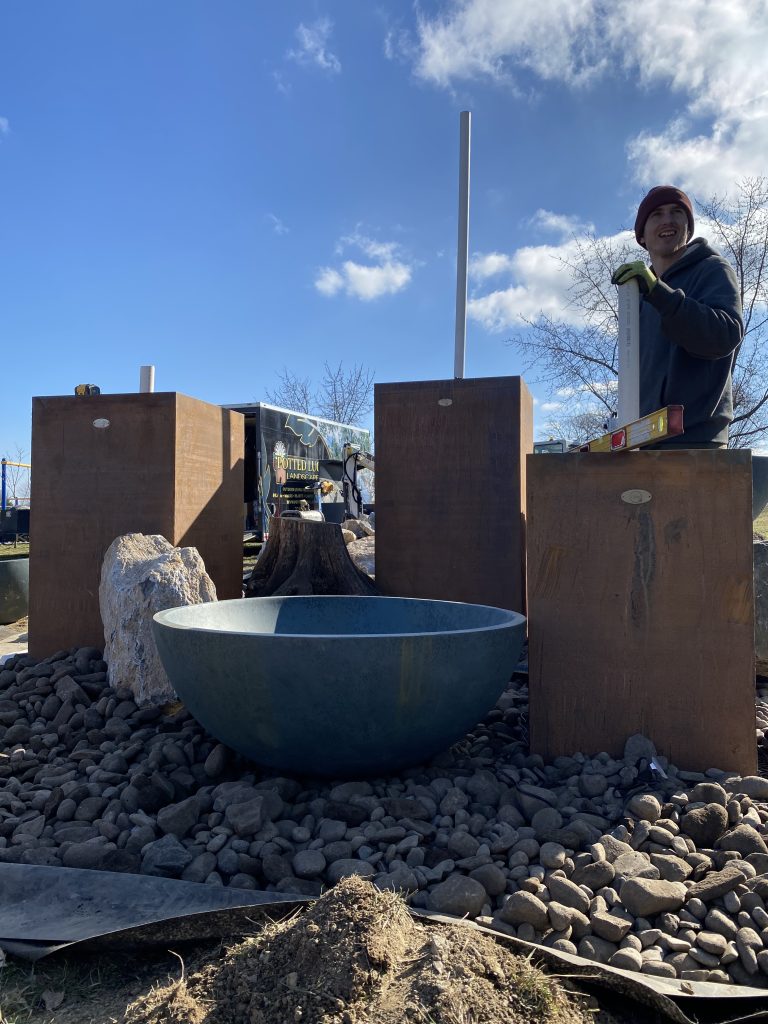
One of the most prevalent misconceptions about Corten steel is that it rusts away entirely, rendering it structurally unsound over time. While it’s true that Corten steel develops a rust-like appearance, known as its signature patina, this layer of corrosion actually serves as a protective barrier against further deterioration. The outer layer of rust prevents deeper corrosion, effectively stabilizing the material and prolonging its lifespan. In essence, Corten steel’s rusting process is a controlled form of corrosion that enhances its durability rather than weakening it.
Myth 2: Corten steel requires maintenance to prevent rusting.
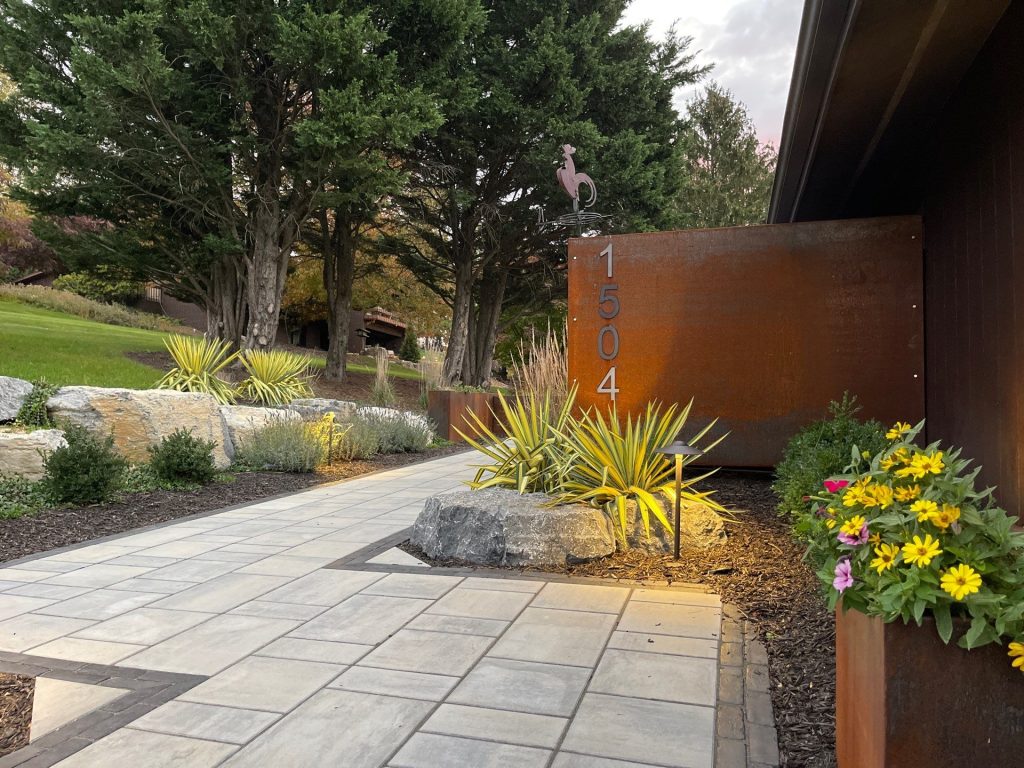
Contrary to popular belief, Corten steel does not require regular maintenance to prevent rusting. Once the protective patina has formed, the steel becomes self-protecting and requires minimal upkeep. Unlike untreated steel, which may require painting or coating to prevent corrosion, Corten steel’s natural weathering process eliminates the need for ongoing maintenance. This characteristic makes it an attractive option for architects and designers seeking low-maintenance materials with a distinctive aesthetic.
Myth 3: Corten steel is not suitable for humid or coastal environments.
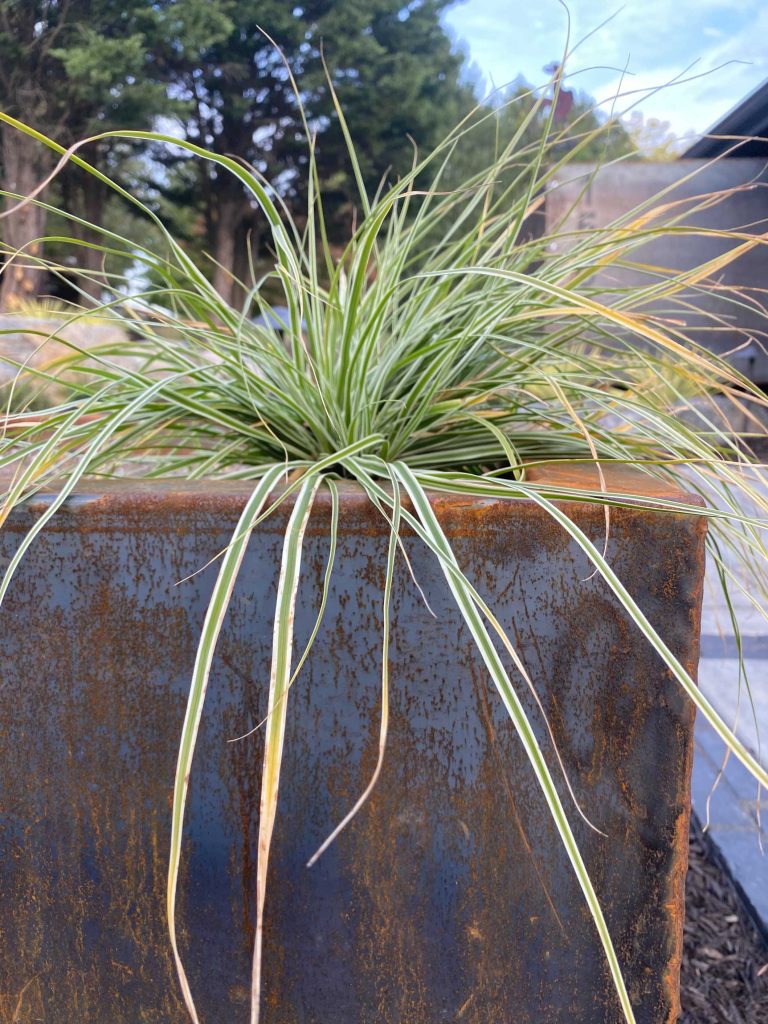
While it’s true that Corten steel’s corrosion process is accelerated in humid or coastal environments due to increased exposure to moisture and salt air, this does not necessarily render it unsuitable for such climates. In fact, Corten steel’s ability to develop a protective patina more rapidly in these conditions can be advantageous, as it accelerates the formation of the barrier that prevents deeper corrosion. Proper design considerations, such as adequate drainage and ventilation, can help mitigate any potential issues associated with moisture exposure, allowing Corten steel to thrive in a variety of environments.
Myth 4: Corten steel is prohibitively expensive.
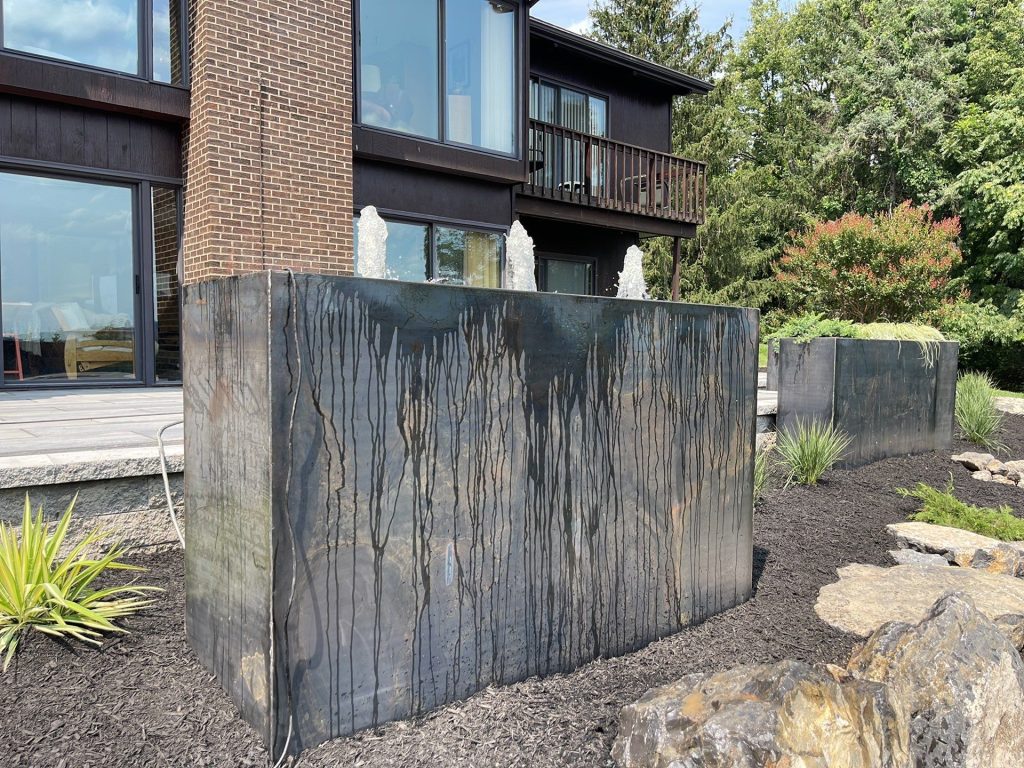
While Corten steel may have a higher upfront cost compared to some conventional building materials, its long-term durability and low maintenance requirements can make it a cost-effective choice in the grand scheme of a project’s lifecycle. Additionally, the unique aesthetic appeal of Corten steel, characterized by its warm, earthy tones and textured surface, adds value to architectural and landscaping designs, making it a worthwhile investment for many professionals and property owners.
Myth 5: Corten steel is harmful to plants.
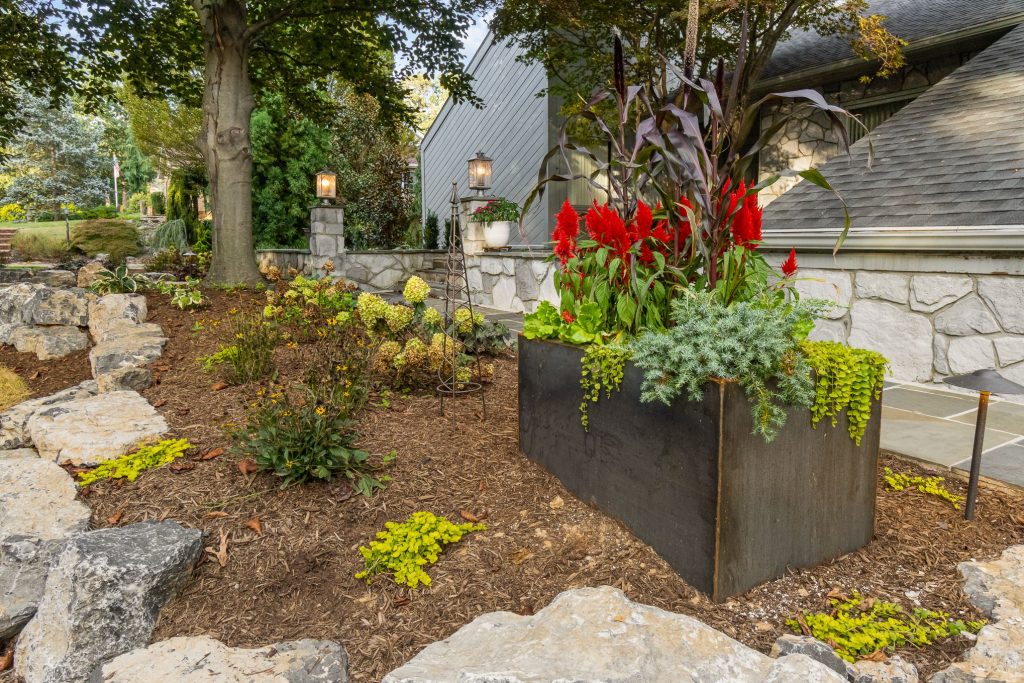
Some people believe that Corten steel may leach chemicals or rust residue into the soil, potentially harming plants and vegetation nearby. However, there is little evidence to support this claim. Corten steel is primarily composed of iron, which is a naturally occurring element in soil and poses no significant risk to plant health when used in landscaping. Additionally, the protective patina that forms on Corten steel acts as a barrier, preventing any potential leaching of harmful substances.
Myth 6: Corten steel is only suitable for contemporary or industrial-style landscapes.
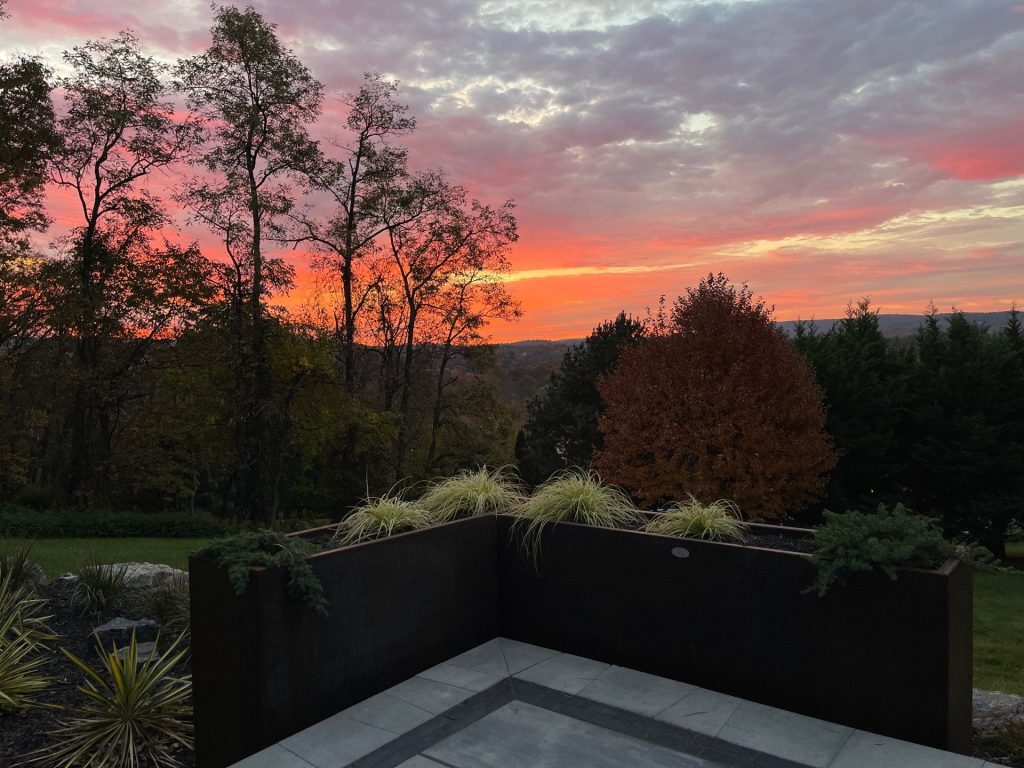
While Corten steel is often associated with modern or industrial aesthetics, it can complement a wide range of landscape styles, from contemporary to rustic and everything in between. Its warm, earthy tones and textured surface provide a striking contrast to lush greenery, natural stone, and other landscape elements, making it a versatile choice for various design themes. By incorporating Corten steel strategically, landscapers can create visually compelling outdoor spaces that evoke a sense of timelessness and sophistication.
Corten steel is a versatile and durable material that offers numerous benefits for architectural, design, and landscaping projects. By debunking common myths and misconceptions surrounding Corten steel, we can appreciate its unique qualities and understand its potential applications more accurately. As with any building material, proper design, fabrication, and maintenance practices are essential to maximizing Corten steel’s performance and longevity in various environments. If you have any questions surrounding Corten Steel and how you may be able to incorporate it into your landscape design, contact us! We would be happy to help!
